The history of food preservation throughout the last century-and-a-half reveals the key role refrigeration techniques have played in the development of an ever-expanding food network, in the process replacing a range of traditional preservation techniques by a single purely technical one. Cooling with ice, if available at all, remained the privilege of the more wealthy until the Meji Period, meaning that most food was either consumed rapidly or preserved by a whole range of methods, such as curing, salting, pickling, smoking, fermenting or drying. With the instalment of iceboxes and the dissemination of the electric fridge in the 1950s, food purchased fresh from the market, and from the 1960s on in supermarket chains equipped with refrigerators, such as Kanesue Co. Ltd., could be kept fresh at home. This form of preservation has dictated the ever-growing importance of the cool chain until today, whereby in recent years the ta-kkyuu-bin lorries, which deliver fresh food from the countryside to urban areas, have introduced a new form of distribution, thereby questioning the technological logic of the post-war food chain.
Fridge


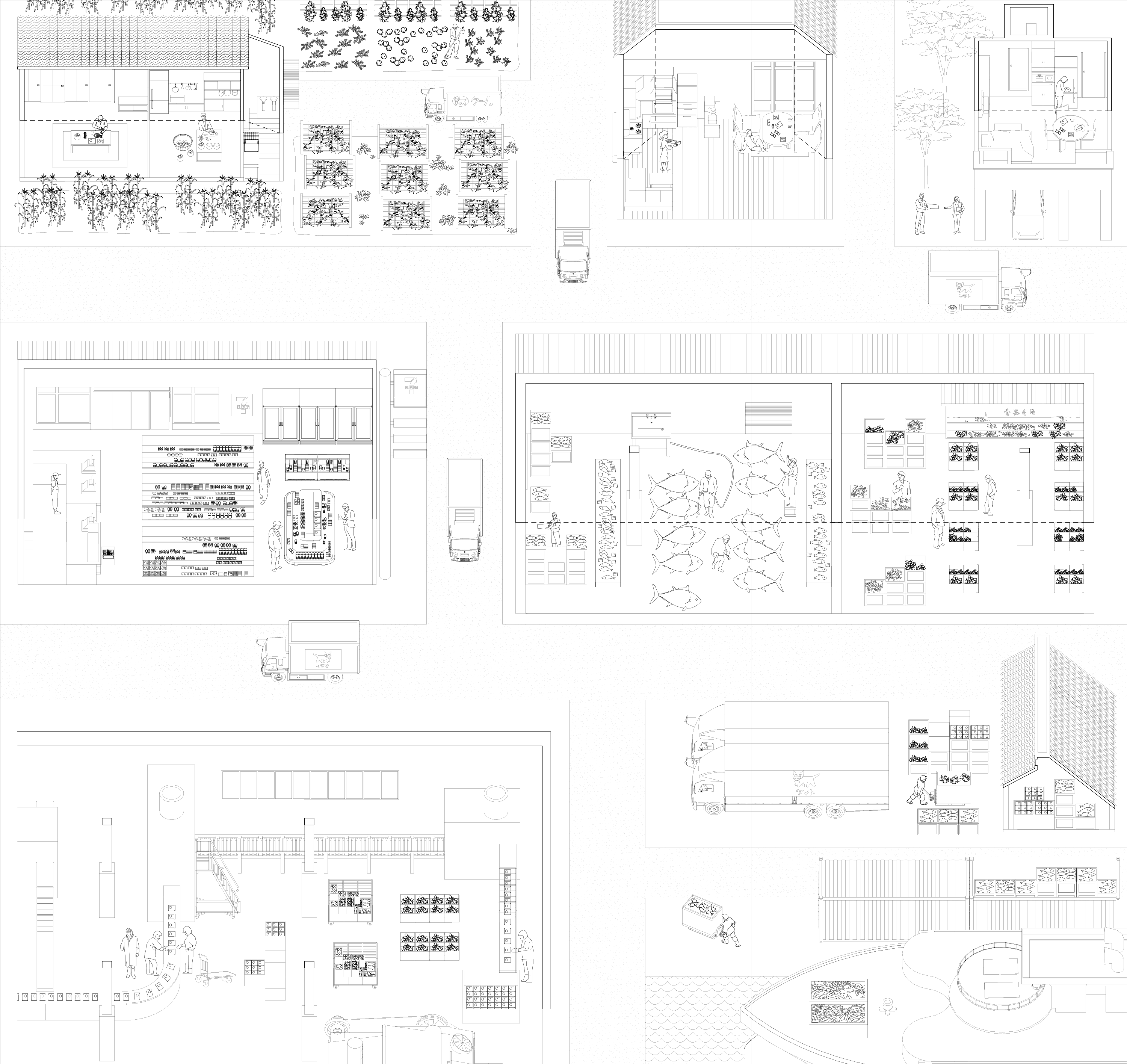
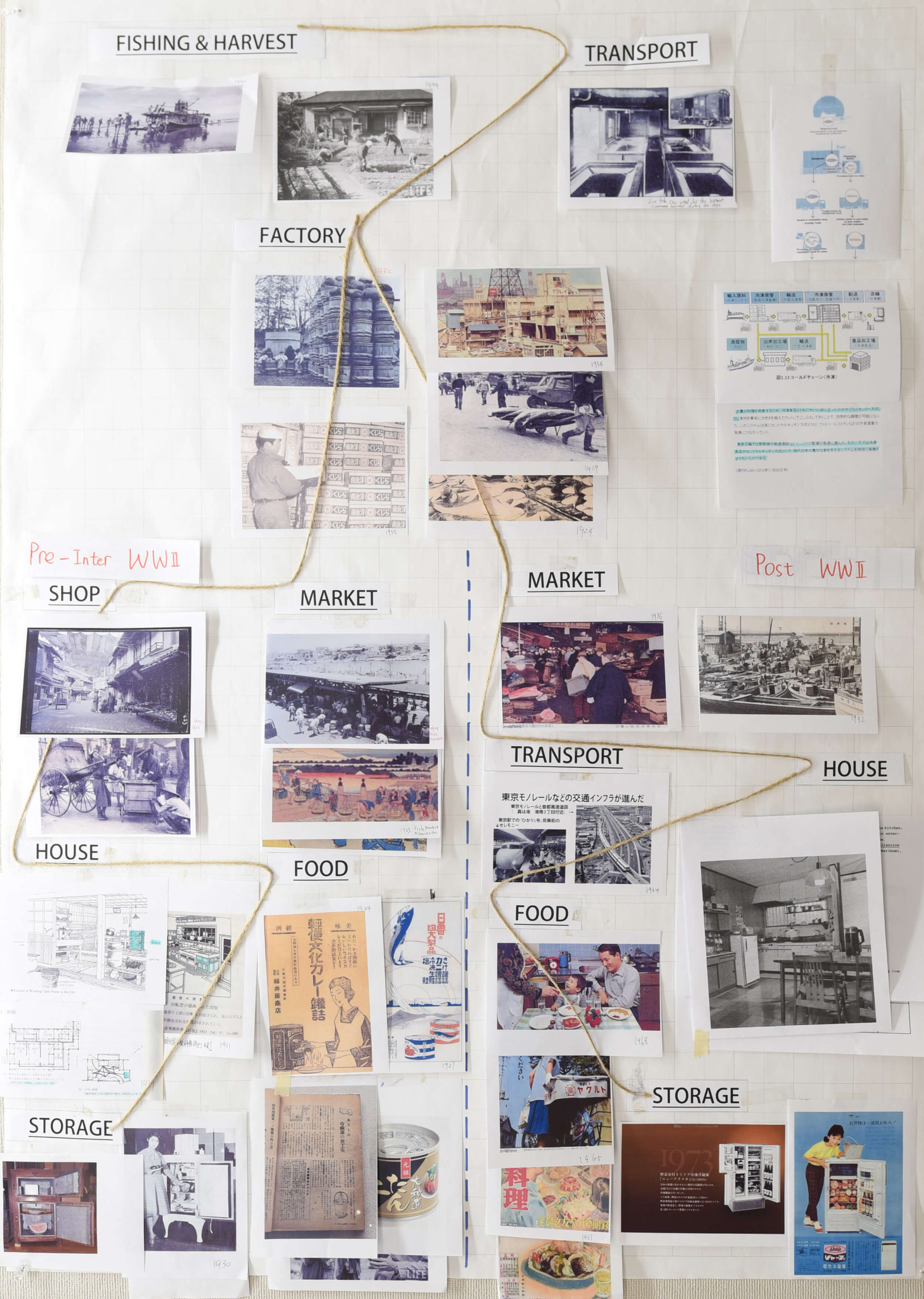
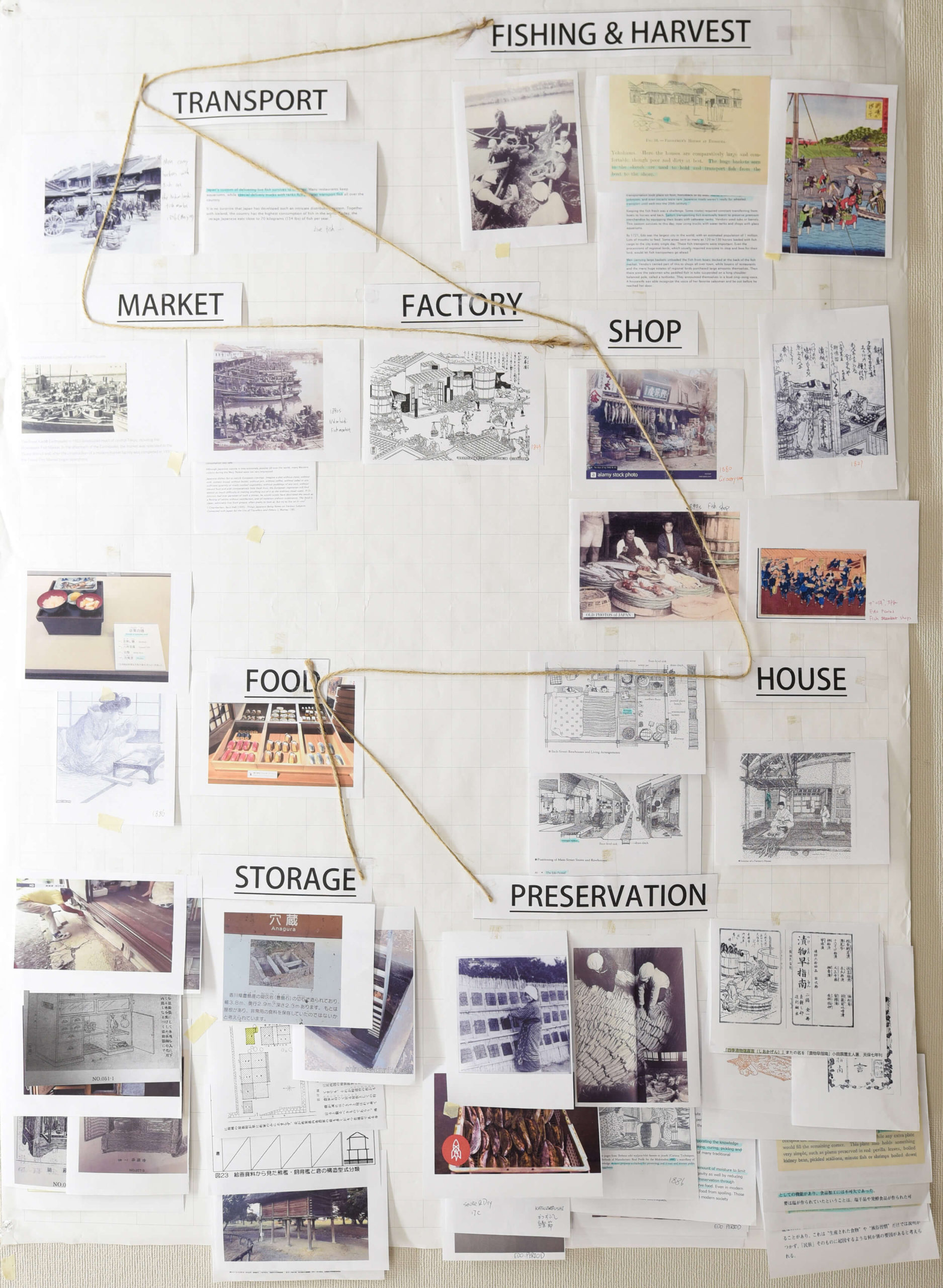
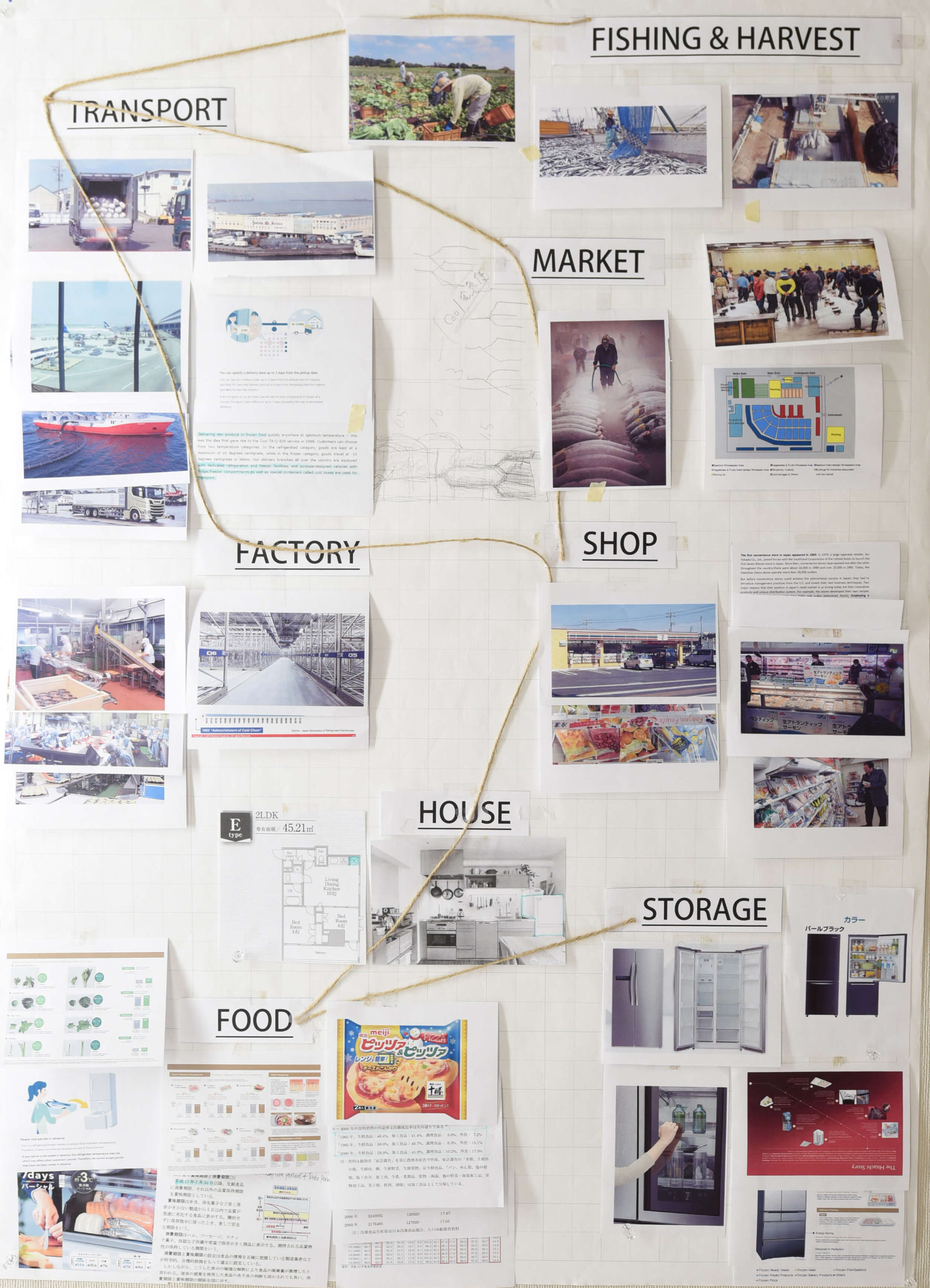
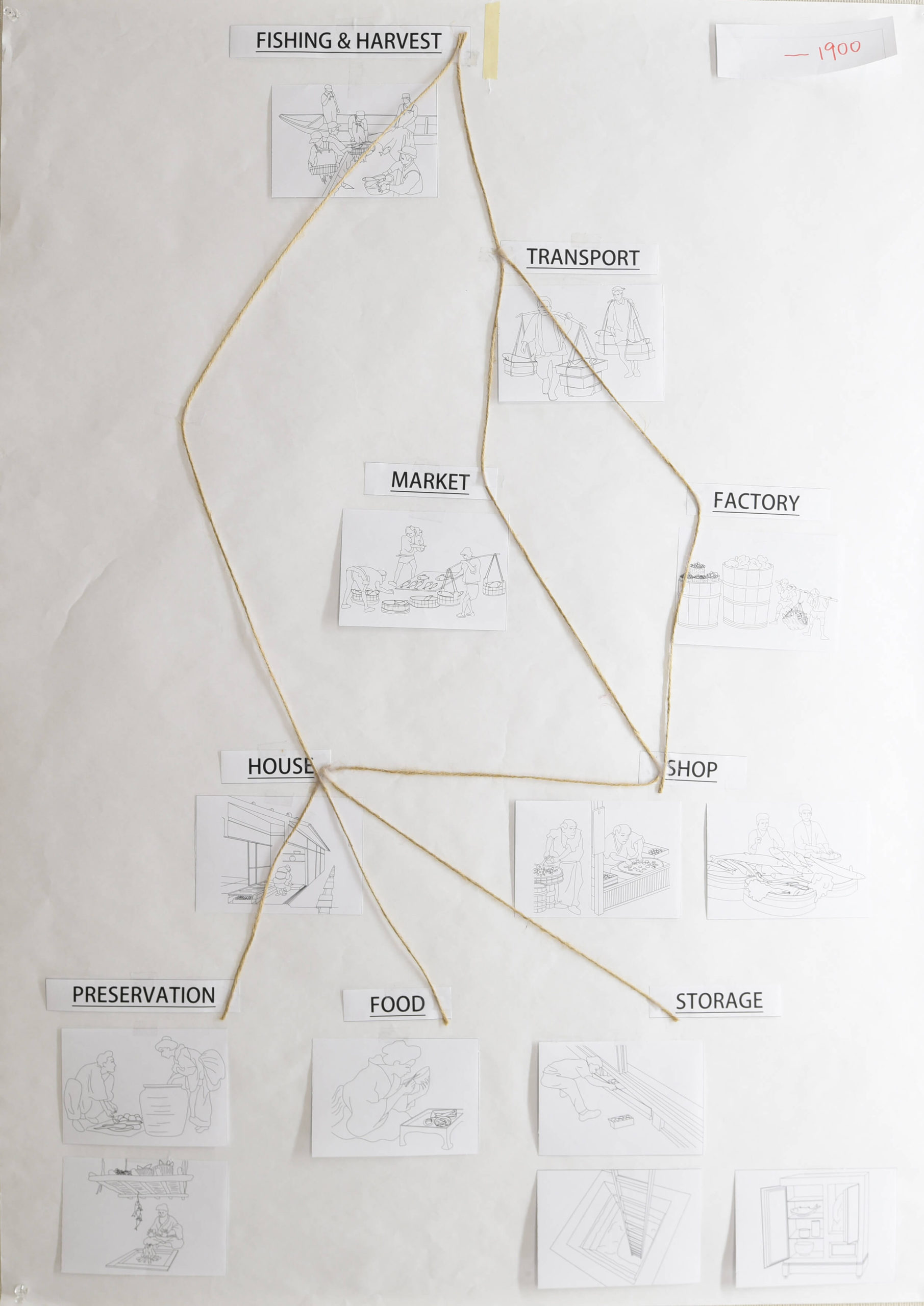
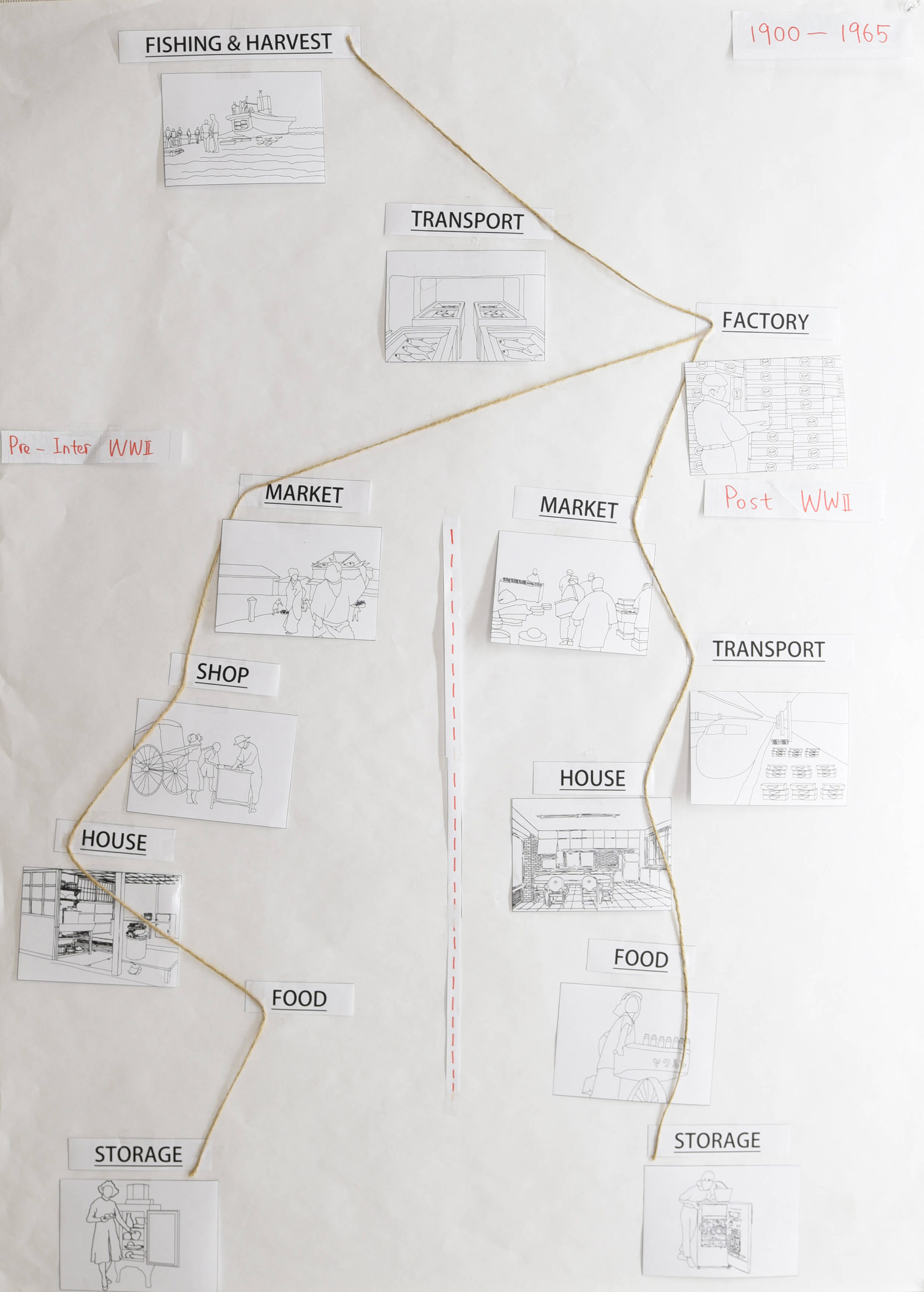
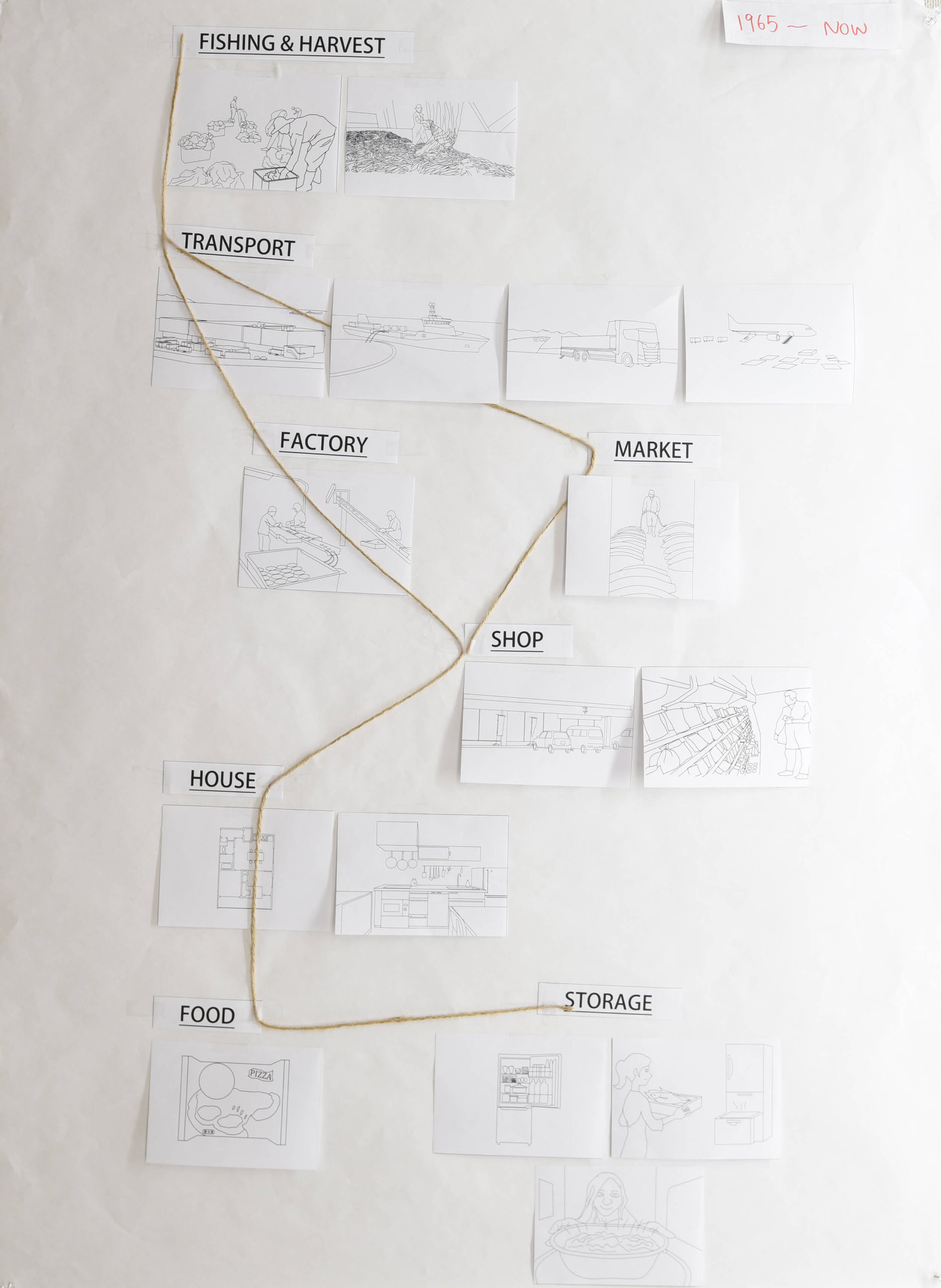
Project
Students
Teacher
Class
Type
Year
Fridge
Kai ZhangLinxi LiNaya Marsatyasti
Laurent Stalder
2019_Thing of ModernityThing of Modernity – Mapping the Micro-geography of Everyday Environments
–
2020 4Q